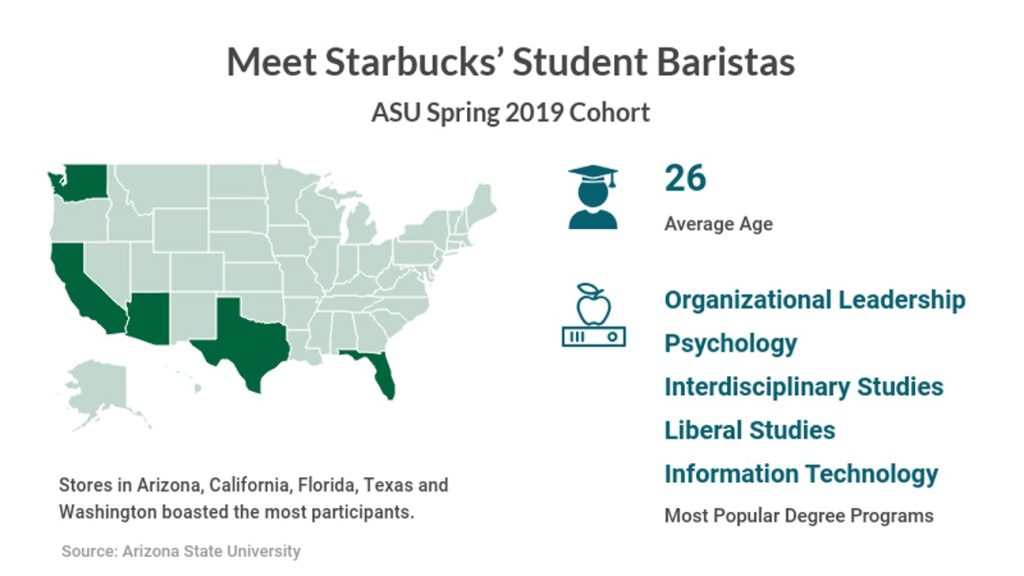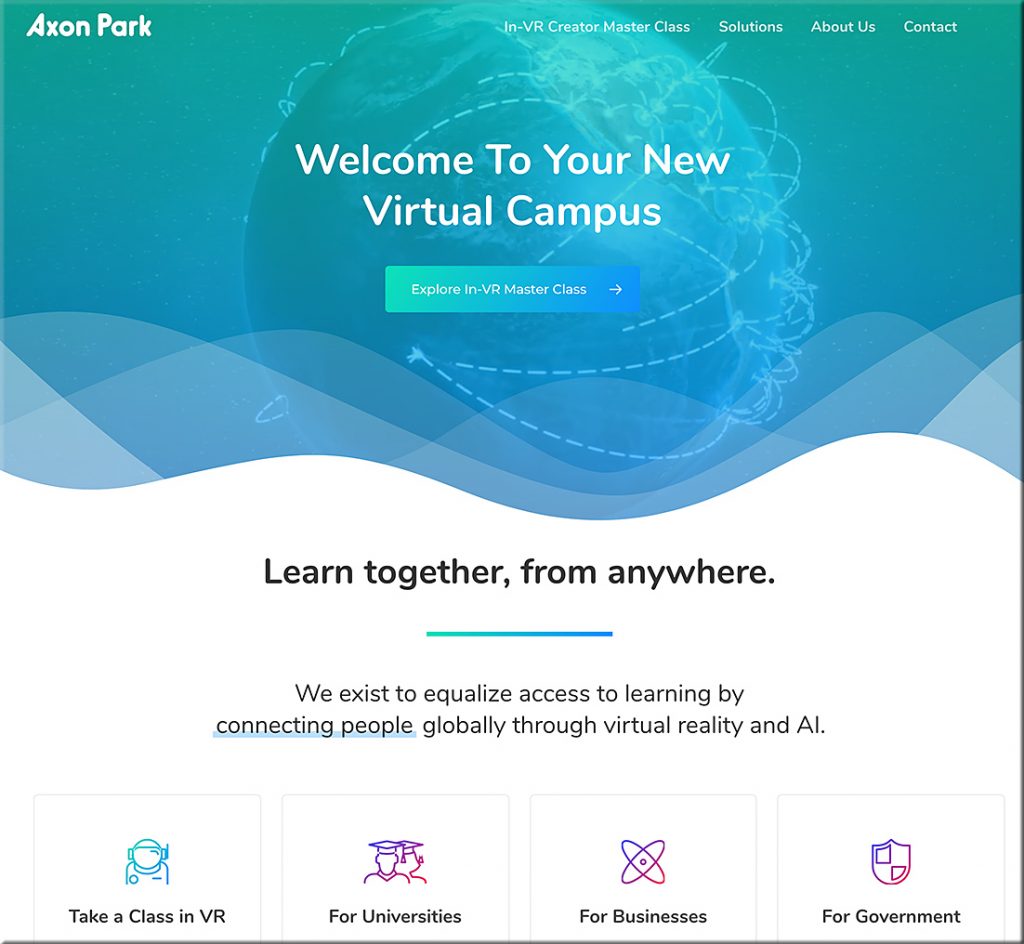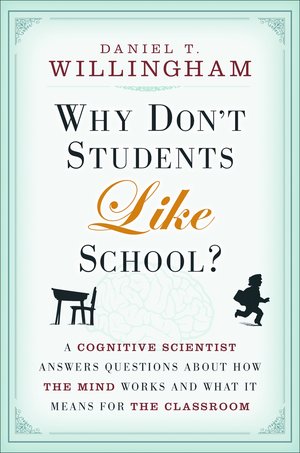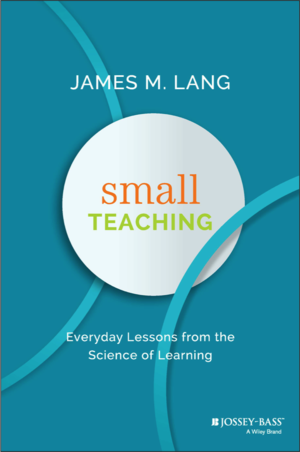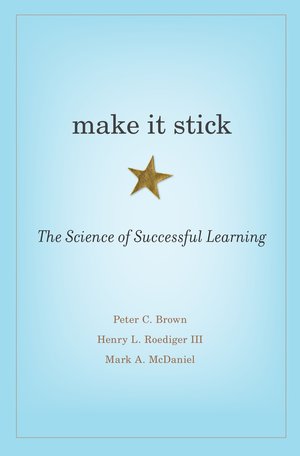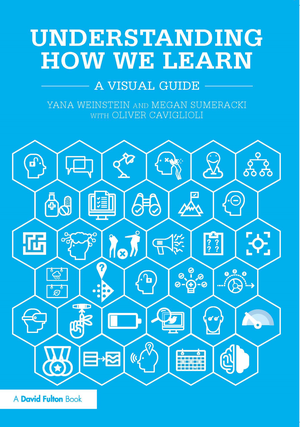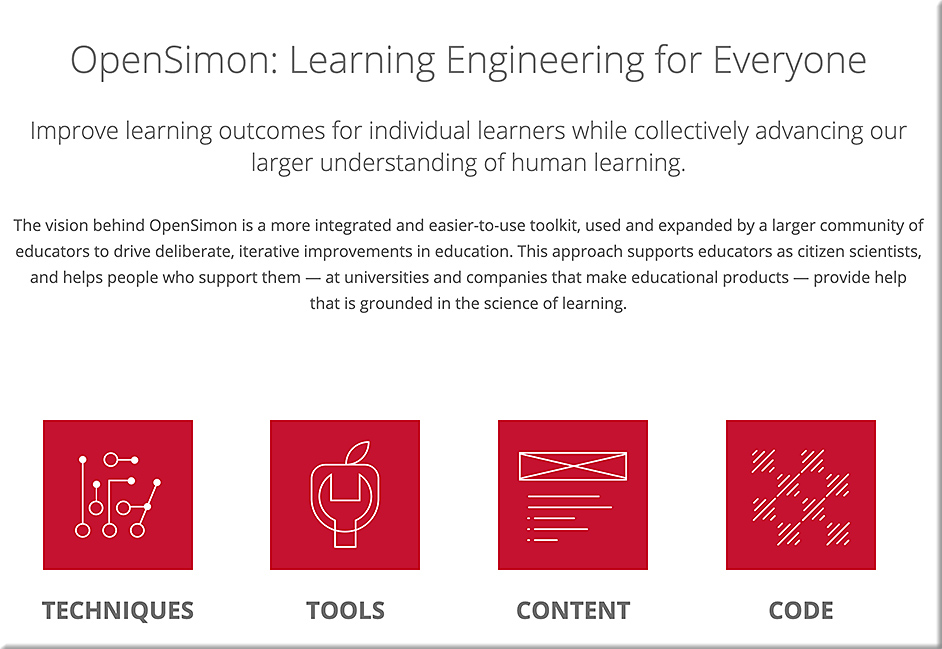Law’s Looming Skills Crisis — from forbes.com by Mark Cohen
Excerpts (emphasis DSC):
The good news is that legal professionals have more career paths, lifestyle options, and geographic nimbleness than ever before. The bad news is that relatively few in the industry are prepared to fill the new roles.
A growing list of clients demand transformed legal services. What does that mean? Legal professionals must meld law, technology, and business and apply principles of digital transformation to the legal function. They must be proactive, data-driven, client-centric, and collaborative*. They must appreciate that clients want solutions to business challenges, not legal tomes.
…
Legal culture responds to the warp speed change—when it does at all– with buzzwords, denial, and self-congratulation. The packed calendar of industry award dinners celebrating pioneers, innovation, diversity, and other self-declared advances belies data exposing law’s dreadful scorecard on diversity, gender pay equality, advancement opportunities for non-white males, and other legal guild cultural holdovers. Then there’s the disconnect between the lawyer and client view of industry performance. Law’s net promoter score lags other professions and almost all industries. Legal culture needs a jolt; client-centricity, the ability to respond rapidly and effectively to new risk factors and challenges, data-driven judgments, and agile workforces are among law’s transformational musts.
…
Legal culture is slow to embrace data, technology, new delivery models, multidisciplinary practice, regulatory reform, collaboration, diversity, gender pay equality, the distinction between the practice of law and the delivery of legal services, client-centricity, and digital transformation. Law is rooted in precedent; it looks to the past to prepare for the future. That is no longer the world we live in.
From DSC:
*And I would add the ability to look into the future, develop some potential scenarios and some responses to those potential scenarios…in other words, practice some methods used in futurism.
I would encourage my colleagues within the legal education world — which includes the American Bar Association (ABA) — but also judges, lawyers, legislators, attorney generals, public defenders, and many others to realize that we need to massively pick up the pace if we are to help tame the wild west of emerging technologies these days!










